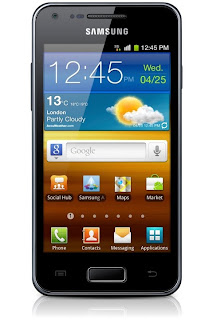The setup
I've long admired Apple products from afar. With the switch to OS X (based on Unix) and Intel processors, my interest was further piqued. The stability and security of Linux with a clean UI and consistent UX make Macs a very attractive choice. The problem: price. At two to three times the cost of equivalent PCs, Mac prices simply aren't competitive.But I began thinking. If Mac hardware really is better (as most Apple fanatics would attest), I could buy a used Mac for about the same price as a new PC, and it should last me nearly as long. Boy, was I wrong.
Warning signs
Being frugal, I thought I'd save as much money as possible by buying a late-model first generation Macbook Pro. I quickly realized this wasn't a good idea when I discovered there was a design flaw that caused the graphics to fail. Apple covered the issue for four years beyond the date of purchase, but most of these were more than four years old by this point.So I opted for an early-model second generation Macbook Pro instead. It was nearly--but not quite--four years old, but the laptop I was replacing it with was an HP that was over seven years old. So the Macbook was a step up in every way: it was newer, faster, and better quality. If I got seven years out of an HP, sureley I could get five more years out of the Mac. I was abruptly awakened from this dream.
The first few weeks it was incredible. The build quality was astounding, and I immediately fell in love with OS X. It worked flawlessly, and being a Linux fan I loved that BSD was running under the hood and I could do much of my work in the terminal without too many adjustments.
The first straw
One day I powered it on and realized my wifi wasn't working. I clicked on the wifi icon at the top of the screen only to be greeted by:WiFi: No Hardware Installed












